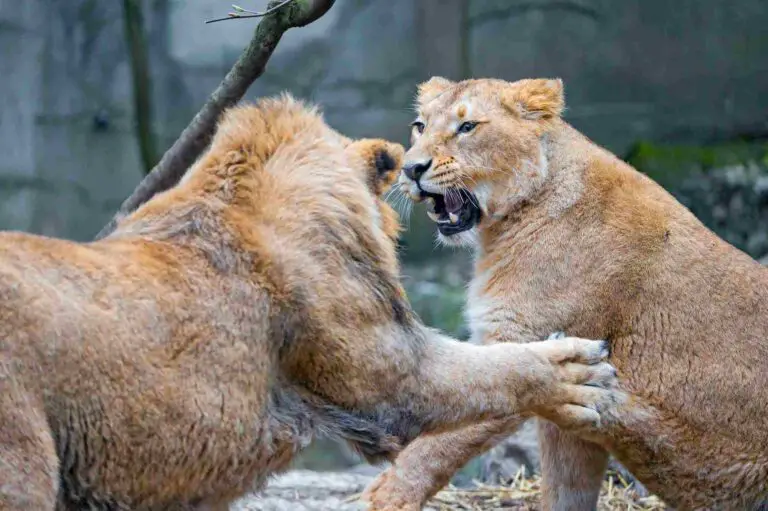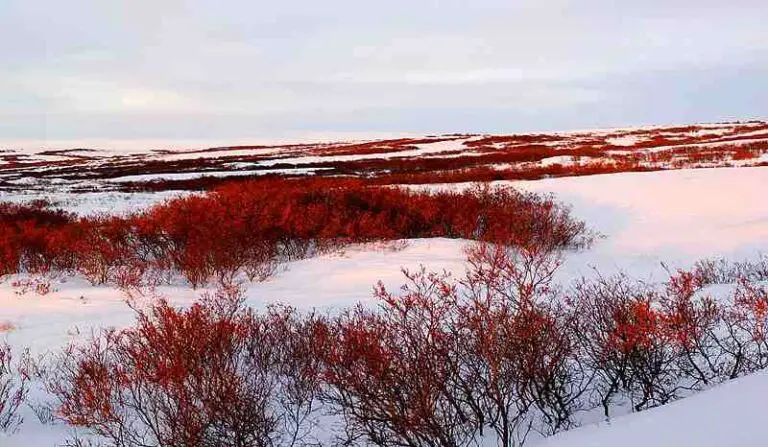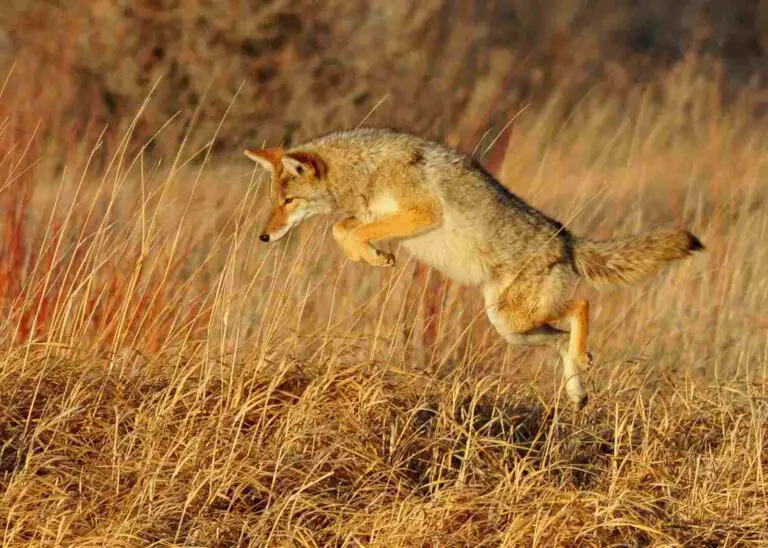Water Conservation Meaning, Aim, and Objectives Explained
Water conservation is the efficient and effective use of water to minimize wastage [10]. This article discusses water conservation meaning, objectives and importance, as outlined below;
-Water Conservation Meaning: 13 Ways to Define Water Conservation
-Aim and Objectives of Water Conservation
Water Conservation Meaning: 13 Ways to Define Water Conservation
Water conservation is the act of mitigating or preventing the wastage of water.
An alternative way to outline the water conservation meaning and definition is based on the concept of natural resources. This is shown as follows;
Water conservation is the practice and methods of preserving water, which is the most important resource on Earth, and preventing its wastage and pollution through effective harvesting and recycling [3].
The above definition mentions ‘methods’ and ‘practice’. In line with this, we can outline the water conservation meaning, based on methods of water conservation;
Water conservation is the sustainable use of water resources through flow-restriction, water dams, pollution mitigation, prevention of wastage, and water harvesting among other methods.
Benefits and importance of water conservation can be used to outline the water conservation meaning or definition, as follows;
Water conservation is the proper handling of water resources, in order to minimize pollution, save cost, reduce wastage, mitigate environmental degradation, and improve public health.
Objectives can also be included in the outline of water conservation meaning;
Water conservation is the careful and efficient use of water resources with the objectives of protecting natural water reserves, the aquatic ecosystem, improving water quality, and ensuring sustainable clean water supply.
The water conservation meaning and definition can be outlined in terms of policies and regulations enforced to conserve water resources;
Water conservation is the development of technologies and methods; as well as the implementation of policies, regulations and strategies to monitor, protect, and control the use of water resources.
Its links to sustainable farming and soil conservation can be highlighted when outlining water conservation meaning, as follows;
Water conservation is a sustainable practice that is used in industry and agriculture to protect the environment, mitigate erosion and natural hazards, protect soil and water, and increase productivity [4].
Energy conservation and energy efficiency are concepts that are important with respect to water conservation meaning and definition. This is because water management and energy management are related [14], as further explained below;
Water conservation is the act and process of preserving and managing water resources, in order to improve energy efficiency and prevent wastage.
Efforts to prevent or mitigate pollution of water reserves are among the measures that are commonly taken to conserve water. The following water conservation meaning is outlined based on this observation;
Water conservation is the implementation of policies, methods and strategies to prevent or mitigate pollution of surface and groundwater resources, while also minimizing wastage.
Conserving water resources usually requires an elaborate process that includes schemes, stakeholders, decision making, tools, and techniques. The following outline of water conservation meaning and definition, addresses this factor;
Water conservation is the preservation and efficient use of water resources through a process of assessment, decision-making, regulation, planning, implementation, monitoring, management and development of these resources.
Humanitarian factors are very important in water conservation [2]. Some of these are highlighted in the water conservation meaning that is given below;
Water conservation is the careful and regulated use of water in order to improve energy efficiency and agricultural productivity, which are needed to address humanitarian challenges like world hunger, poverty, conflict and food insecurity.
The humanitarian problems mentioned above are included among issued to be addressed by the sustainable development goals and other agendas of sustainability. This is further elaborated in the following version of water conservation meaning;
Water conservation is a practice which aims to achieve sustainable development in the water management sector, by ensuring that natural water supplies are not polluted or wasted.
It is well-known that water can be used to generate electricity, and can therefore be viewed as a renewable energy resource like biomass, geothermal energy, solar energy, wave power and wind energy [1]. This is portrayed in the water conservation meaning that is given below;
Water conservation is the practice of controlling water usage, to prevent loss and degradation, improve domestic supply, and optimize the operation of water dams that generate renewable hydroelectricity.
Aim and Objectives of Water Conservation
The aim of water conservation is to ensure that water resources are available to future generations by protecting and improving the quantity and quality of water on Earth.
The objectives of water conservation are; assessment, pollution prevention, wastage prevention, ecosystem protection, sustainable supply, policy development, and cost reduction. These objectives are discussed below;
1). Resource Evaluation and Assessment (as one of the Objectives of Water Conservation)
One of the primary objectives of water conservation in both theory and practice, is to evaluate or assess the characteristics of available water resources, and the impact of various conditions and processes on these resources.
Terms that can be used to describe this aspect of water conservation are evaluation, assessment, monitoring, study, and analysis. They all refer to the act of collecting information that can add to available knowledge about water resources and how they can be conserved.
There are a variety of tools and techniques for water resource evaluation. The choice of use of any of these is usually based on geographic, ecological, economic and social conditions, as well as the nature and aim of the assessment.
Assessment projects may be conducted to estimate the location and quantity of water resources in a given area [7]. Such projects can be described as ‘quantification’ projects. They are used to gather information that may guide the rate at which water is consumed and recycled.
Tools used for quantification assessment include prospecting tools like terrameter, as well as volumetric analysis instruments.
Other types of assessments are carried out to determine the quality of available water resources. Various criteria can be used to evaluate water quality, including biological conditions; physicochemical parameters like pH, temperature, turbidity [11]; and land uses, such as agriculture, industry and commerce.
Water resources can be evaluated to determine the effectiveness of water conservation methods, policies and projects that have already been implemented [9]. In such cases, tools like colorimeter, pH meter, moisture sensor, remote sensors, and artificial intelligence-driven monitors can be used.
Evaluation also helps to provide information on the relationship between water resources, water conservation, ecology, the energy pyramid, geochemical cycles, air quality, soil health, and agricultural productivity.

2). Wastage Prevention
Preventing wastage of water resources is another important objective of water conservation.
There are different ways to prevent wastage of water. They include reducing the rate of consumption through conservative usage; efficient and effective recycling and reuse, and prevention of pollution.
In order to prevent water wastage, the available and sustainable quantity of water must be estimated. This means that assessment and evaluation of water resources is a requirement for effective wastage prevention.
Preventing water wastage is an important practice because of its environmental, social and economic benefits.
Although it is not always possible to regulate the rate at which water is consumed; it is possible to minimize wastage indirectly by use of effective treatment, recycling, and reuse techniques.
The allocation of water to a given geographic area can also be controlled, based on the available water reserves and the needs of the population, thereby preventing unnecessary wastage.
3). Pollution Prevention (as one of the Objectives of Water Conservation)
Preventing pollution is one of the objectives of water conservation, because degradation causes loss of water resources by rendering them unusable.
The act of preventing water pollution is very important because it reduces the incidence of water-borne diseases, improves public health, and saves cost on environmental remediation.
Various measures can be applied to prevent water pollution, such as providing drainage infrastructure to control erosion and pollutant migration, preventing stormwater pollution through effective management, sustainable land use, and flood mitigation.
In addition to the prevention of pollution, the act of water purification is also an aspect of conservation [13]. Methods like filtration, and reverse osmosis can be applied to convert contaminated water to clean, purified or distilled water.
4). Ecosystem Protection
Water conservation protects the environment and ecosystem in various ways. One of such ways is by minimizing wastage.
When water wastage is minimized or prevented, the risk of drought, desertification, heat waves and other environmental challenges is reduced. Also, reducing water wastage helps to conserve the soil, as well as energy resources like fossil fuels, nuclear energy sources (nuclear fuels), and biofuels.
By conserving these resources, carbon emissions are reduced [12]. This protects the ecosystem from climate change and global warming.
Aquatic species in rivers and seas, as well as those in other biomes like forest, grassland, and tundra biome, are protected by water conservation activities.
Through conservation of water, the natural habitats of these species are able to maintain a clean, sufficient water supply, thereby increasing the chances of survival.
Water conservation is one of various aspects of environment protection services and practices, due to the importance of water to all natural processes.
5). Sustainable Supply (as one of the Objectives of Water Conservation)
The ultimate goal of water conservation is to provide a sustainable supply of water resources where they are needed.
Since the need for water resources is a universal one, it can be said that the water conservation agenda is to supply water in a sustainable manner to all regions of the world.
To achieve this objective, various steps and approaches must be taken, including storage of excess water in dam reservoirs, efficient water system engineering, rain water harvesting, energy conservation, and pollution control.
The need for sustainable supply of water is high in areas that are prone to drought and pollution. In such regions, sustainable water supply will help to improve agricultural yield, economic growth, and to reduce poverty [6].

6). Policy Development
Policy development is a major part of the process of water conservation [8].
When available water resources and existing needs have been evaluated, the information derived is used to create policies to improve the quality and supply of water to the population.
Water conservation policies and regulations apply to all sectors where water is used, including oil and gas, manufacturing, and agricultural sectors.
Also, these policies affect all aspects of water resource management, including consumption rates, outdoor and indoor use, quality and sustainability.
In water conservation, policies are important because they determine the exact approaches or methods that will be used to conserve water resources, as well as the accessibility and cost of water supply. Policies also provide legal backing to ensure that the required measures are complied with.
7). Cost Reduction (as one of the Objectives of Water Conservation)
The economic objectives of water conservation are collectively directed toward making the conservation of water resources a cost-effective process.
One of the ways to do this is the use of low-cost methods to conserve water [5]. Choosing inexpensive methods of conservation is an important aspect of decision making and policy development, which can affect the overall cost of water management.
The act of conserving water itself can reduce the cost of agriculture, manufacturing, and environmental protection in general. This is because water conservation prevents economic losses that could occur through wastage, low productivity, environmental degradation, energy consumption, and public health problems.
Conclusion
Water conservation is the use of sustainable techniques, technologies and policies improve water quality, prevent pollution and wastage.
The aim of water conservation is to ensure that sustainable water supply is available to present and future generations.
Objectives of water conservation are;
- Resource Evaluation and Assessment
- Wastage Prevention
- Pollution Prevention
- Ecosystem Protection
- Sustainable Supply
- Policy Development
- Cost Reduction
References
1). Anaba, S.; Olubusoye, O. E. (2020). “Electricity Generation from Renewable Resources.” Affordable and Clean Energy (pp.1-13). Available at: https://doi.org/10.1007/978-3-319-71057-0_137-1. (Accessed 30 July 2022).
2). Awualchew, S. B.; Sally, H.; Bahri, A.; Molden, D. J.; Giordano, M. (2008). “Water security for food security: gaps, needs and potential for growth in Sub-Saharan Africa.” Available at: https://www.researchgate.net/publication/228431490_Water_security_for_food_security_gaps_needs_and_potential_for_growth_in_Sub-Saharan_Africa. (Accessed 30 July 2022).
3). Balasubramanian, A. (2019). “Water Conservation Practices.” World water day presentation, 2019. Available at: https://doi.org/10.13140/RG.2.2.13771.03365. (Accessed 30 July 2022).
4). Bashir, S.; Jayed, A.; Bibi, I.; Ahmad, N. (2017). “Soil and Water Conservation.” Available at: https://www.researchgate.net/publication/320729156_Soil_and_Water_Conservation. (Accessed 30 July 2022).
5). Chowdhury, P.; Ray, S. K.; Namei, A.; Deka, B. (2016). “Soil and Water Conservation Measures through Low-cost Scientific Methods.” Conservation of Natural Resources and Its Efficient Utilization for Sustaining Hill Agriculture (pp.28-33). Available at: https://www.researchgate.net/publication/341992424_Soil_and_Water_Conservation_Measures_through_Low-cost_Scientific_Methods. (Accessed 30 July 2022).
6). Fourozani, M.; Karami, E. (2011). “Agricultural water poverty index and sustainability.” Agronomy for Sustainable Development 31(2):415-431. Available at: https://doi.org/10.1051/agro/2010026. (Accessed 30 July 2022).
7). Ganiyu, H.; Adeogun, A. G. (2020). “Assessment of Water Resources Availability and Demand in Malete Watershed, North-Central Nigeria.” Available at: https://www.researchgate.net/publication/338549295_Assessment_of_Water_Resources_Availability_and_Demand_in_Malete_Watershed_North-Central_Nigeria. (Accessed 30 July 2022).
8). Iribarnegaray, M. A.; De La Zerda, M. F.; Hutton, C. M.; Brannstrom, C.; Liberal, V. I.; Tejerina, W.; Seghezzo, L. (2014). “Water-conservation policies in perspective: Insights from a Q-method study in Salta, Argentina.” Water Policy 16(5). Available at: https://doi.org/10.2166/wp.2014.159. (Accessed 30 July 2022).
9). Katz, D.; Grinstein, A.; Kronrod, A.; Nisan, U. (2016). “Evaluating the effectiveness of a water conservation campaign: Combining experimental and field methods.” Journal of Environmental Management 180:335-343. Available at: https://doi.org/10.1016/j.jenvman.2016.05.049. (Accessed 30 July 2022).
10). Kumari, M.; Singh, D. (2016). “WATER CONSERVATION: STRATEGIES AND SOLUTIONS.” Available at: https://www.researchgate.net/publication/312525328_WATER_CONSERVATION_STRATEGIES_AND_SOLUTIONS. (Accessed 30 July 2022).
11). Omer, N. (2020). “Water Quality Parameters.” Water Quality – Science, Assessments and Policy. Available at: https://doi.org/10.5772/intechopen.89657. (Accessed 30 July 2022).
12). Parece, T. E.; Grossman, L.; Geller, E. S. (2013). “Reducing Carbon Footprint of Water Consumption: A Case Study of Water Conservation at a University Campus.” Climate Change and Water Resources (pp.199 – 218). Available at: https://doi.org/10.1007/698_2013_227. (Accessed 30 July 2022).
13). Shabiimam, M. A.; Anas, P.; Shifa, S. (2018). “Treatment of Water Using Various Filtration Techniques: Review Study.” NICMAR 3rd International Conference On Construction, Real Estate, Infrastructure and Project (CRIP), Pune, India. Available at: https://www.researchgate.net/publication/336603659_Treatment_of_Water_Using_Various_Filtration_Techniques_Review_Study. (Accessed 30 July 2022).
14). Usman, K. M.; Sulu, B. F. I.; Aku, S. A.; Kela, R. (2017). “ENERGY AND WATER MANAGEMENT IN SCHOOLS: A KEY TO QUALITY EDUCATION.” Available at: https://www.researchgate.net/publication/320299680_ENERGY_AND_WATER_MANAGEMENT_IN_SCHOOLS_A_KEY_TO_QUALITY_EDUCATION. (Accessed 30 July 2022).



